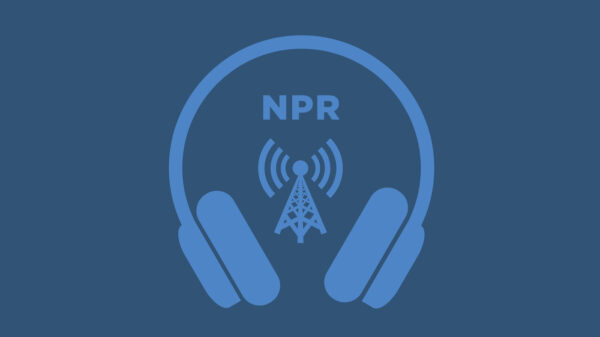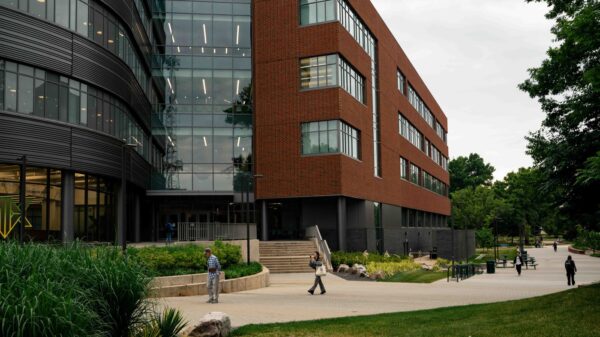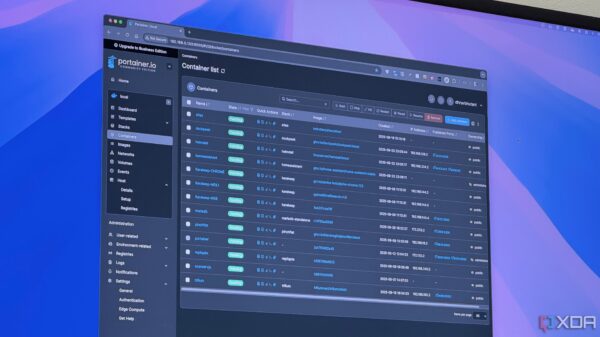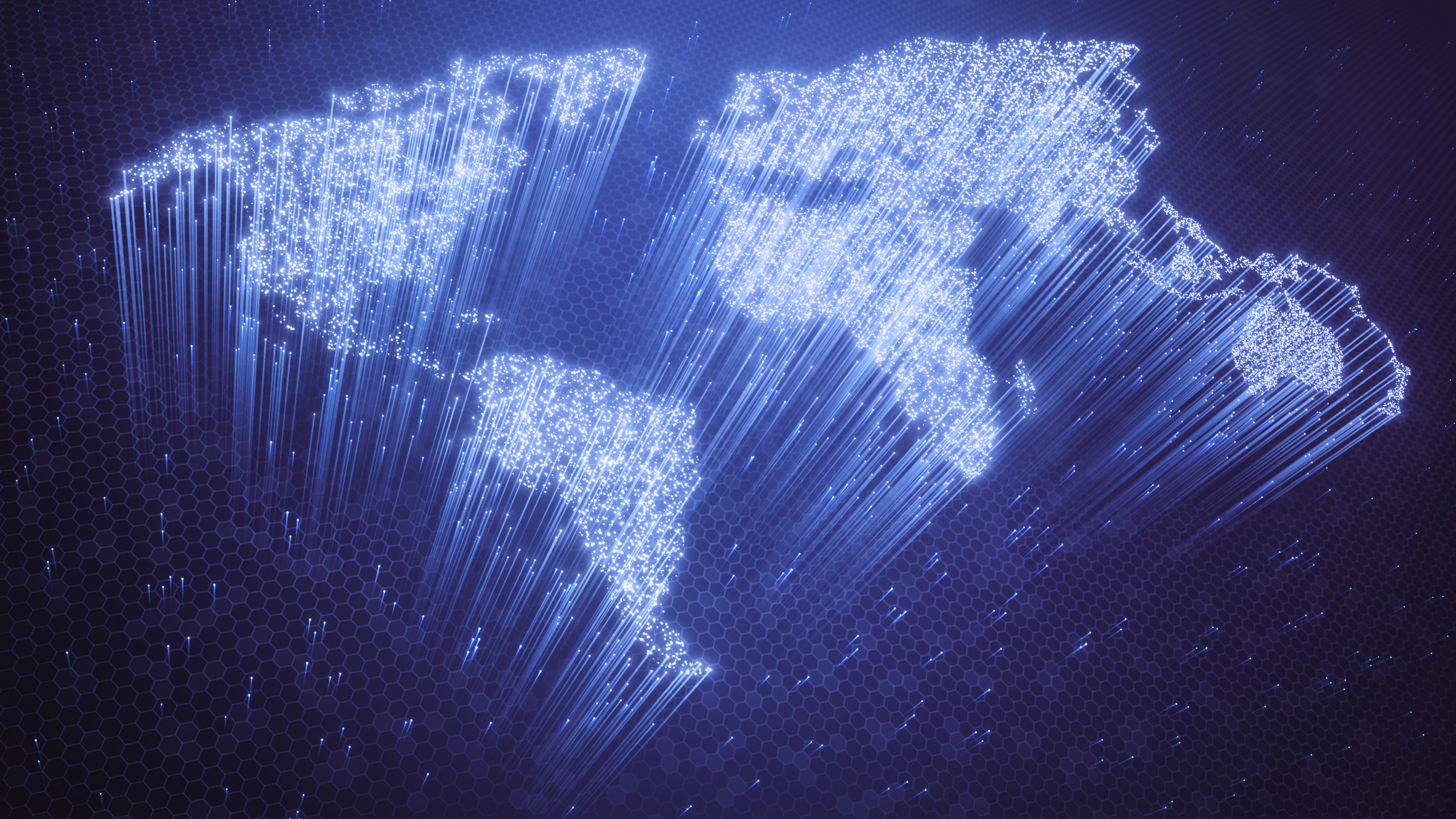Fiber optics has transformed from a nascent concept into a cornerstone of global communications since its introduction in 1960. The journey began with physicist Narinder Singh Kapany, who published a seminal article in Scientific American that outlined the potential of light transmission through glass fibers. His pioneering work laid the foundation for the development of fiber optic networks that now underpin both industrial and consumer communications.
The evolution of fiber optics has been marked by significant technological advancements. Initially, traditional copper wiring dominated data transmission, but it soon became evident that copper had limitations, particularly in latency and bandwidth. Fiber optics emerged as a superior alternative, offering lower attenuation rates. This means that less light is lost between the input and output of signals, making long-distance connections far more efficient. Furthermore, fiber optics often presents cost advantages over copper cabling, driving its adoption across various sectors.
Recent years have seen remarkable improvements in fiber optic technology, particularly with the rise of fiber optic broadband services. Consumers have experienced dramatic increases in internet speeds compared to older copper-based systems. Notable milestones in transmission speeds illustrate this progress. In 2006, NTT achieved transmission speeds of 111 gigabits per second. Following this, in 2009, researchers at Bell Labs recorded an astounding speed of 15.5 terabits per second over a single 7,000-kilometer fiber cable.
More recently, the National Institute of Information and Communications Technology (NICT) set a new benchmark with a record-breaking transmission capacity of 22.9 petabits per second. These advancements underscore the rapid evolution of fiber optic technology and its critical role in supporting the demands of the modern digital economy.
Continuous Innovations in Fiber Optics
Innovations continue to drive improvements in fiber optic technology. A study published in 2025 highlighted the potential of plastic optical fiber (POF) technology, particularly for applications in data centers and networking. Researchers from Keio University in Japan explored new plastic-based options that could address significant challenges within artificial intelligence (AI) infrastructure, such as the need for low latency and high-capacity communications between graphics processing units (GPUs) and accelerators.
The findings from Keio University indicate that plastic-based optics can significantly reduce manufacturing costs compared to traditional glass fibers, all while maintaining transmission speeds and signal integrity. This breakthrough could represent a significant shift in the materials used for future fiber optic networks, making advanced communication technologies more accessible.
As the digital landscape continues to evolve, the advancements in fiber optics will play a crucial role in shaping the future of global communications. With ongoing research and development, the potential for even faster and more efficient data transmission remains a priority for scientists and engineers worldwide.







































































